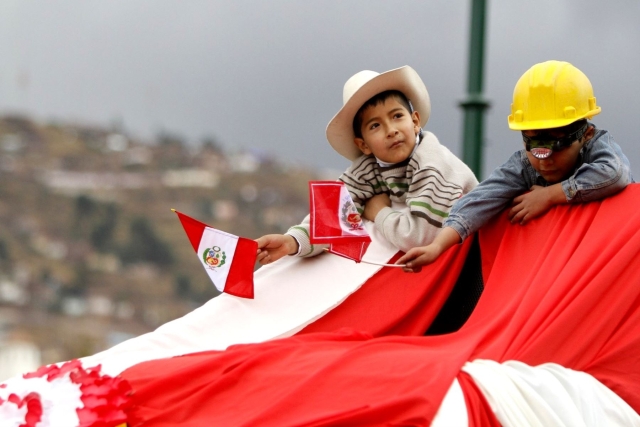July is not only Peru's national holiday month, celebrating its independence anniversary, but also a time filled with local celebrations that highlight the historical and cultural significance of each region. Several departments in the country commemorate their founding anniversaries during this month, reinforcing the sense of regional identity and local pride through festivities that reflect their unique history, ethnic diversity, and living heritage.
These commemorations are more than symbolic events. They represent a key moment to promote culture, boost tourism, and revalue the traditional customs of each community. In this article, we'll explore departmental anniversaries in July, detailing their dates, the historical context of their founding, and the ways in which these celebrations strengthen the connection with one's roots. You'll also learn how these festivities boost domestic tourism, boost the regional economy, and preserve ancestral traditions that are still alive.
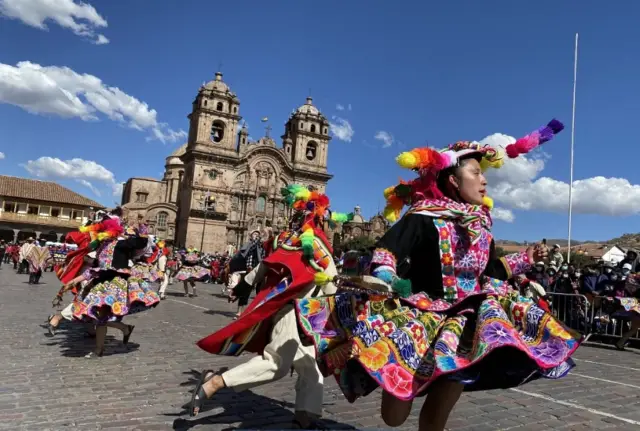
Departments of Peru that celebrate their anniversary in July
Lima: July 18
Spanish Foundation : Lima was founded on January 18, 1535, by Francisco Pizarro. However, July 18, 1821, marks the official creation of the Department of Lima , just days before the country's independence was declared. This date is highly significant because it establishes Lima not only as the capital but also as a key administrative entity in republican history.
Highlights include parades with school bands, food fairs featuring Creole dishes, cultural events in plazas, and historical exhibits organized by local museums.
Importance : Lima is the political, economic and cultural center of the country, and its anniversary reflects the influence and responsibility that this metropolis exercises at the national level.
Puno: July 28
Although the Department of Puno was officially established on April 26, 1822, many of its main celebrations take place on July 28 , coinciding with the National Holidays. This coincidence allows patriotic events to be combined with tributes to Puno's identity, highlighting the highland spirit and cultural richness of this region.
Traditional events : parades with traditional costumes, dances such as the Diablada, Morenada, and Tuntuna, textile and Andean cuisine fairs, and folk art competitions.
Landmarks : Lake Titicaca, considered the highest navigable lake in the world; Uros Island with its floating islands; and Sillustani, an important archaeological site.
Cusco: July 15 (creation as a modern department)
Cusco is a region that celebrates many dates throughout the year, such as Inti Raymi in June, but July 15th marks its consolidation as a modern administrative unit within the Peruvian state. Although its cultural legacy is much older, this date represents the formal recognition of Cusco as a department.
Celebrations : symbolic ceremonies in Sacsayhuamán, art festivals in the Plaza de Armas, Andean product fairs, and gastronomic competitions that highlight the diversity of its provinces.
Cultural link : The Qhapaq Ñan (Inca Trail) physically connects pre-Columbian history with modern life, allowing the Inca legacy to remain alive and dynamic.
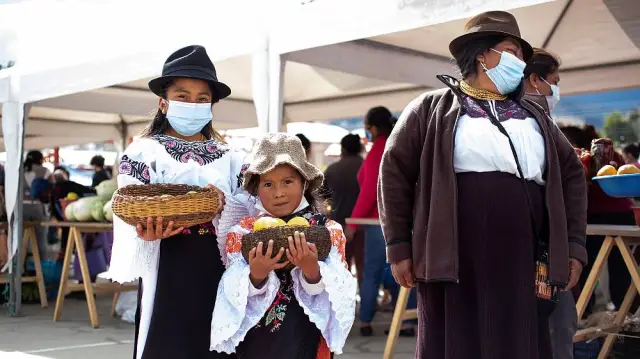
The cultural and social value of regional anniversaries
Regional identity as intangible heritage
Each departmental celebration is not just a ceremonial or civic event; it is a living manifestation of the collective identity that unites the inhabitants of each region. Dances, music, traditional costumes, and regional dishes are part of Peru's intangible cultural heritage , passed down from generation to generation as a common heritage that strengthens social cohesion.
Furthermore, these festivities offer a space for the vindication of indigenous cultures and the recovery of ancestral languages, knowledge, and techniques, which have often been marginalized or rendered invisible in the national narrative.
Promotion of domestic tourism
July is an ideal opportunity to explore the country and rediscover its cultural richness from a local perspective. Tourism agencies and regional governments often prepare special packages that allow visitors to immerse themselves in the daily life of each region in all its splendor.
Themed tour packages : gastronomic tours, dance circuits, folk art festivals, and visits to archaeological sites.
Promotion of local products : handicrafts, textiles, traditional drinks, and regional cuisine are gaining prominence and finding new markets.
Civic education and historical awareness
During these holidays, educational activities are held in schools and universities to reinforce knowledge about the origins and unique characteristics of each department. This not only promotes respect for diversity but also strengthens civic responsibility and identity from a regional perspective.
School competitions, history fairs, and commemorative events allow children and young people to connect with local history in meaningful ways, contributing to a more informed and engaged citizenry.
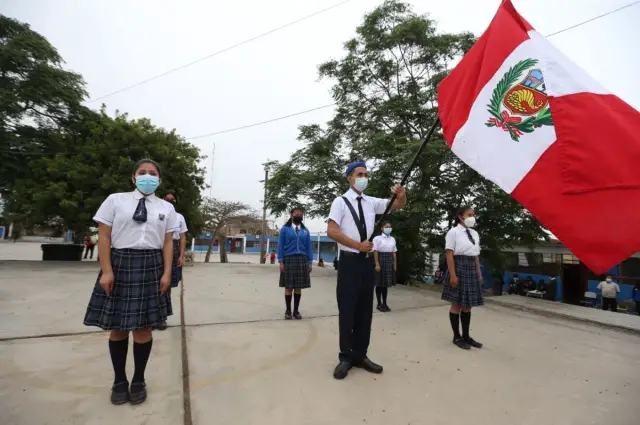
Typical celebrations by region
| Department | Date | Main activities | Typical product |
|---|---|---|---|
| Lime | July 18 | Parades, fairs, concerts | Ceviche |
| Fist | July 28 | Dances, contests, fairs | Quinoa and chuño |
| Cusco | July 15 | Inca ceremonies, fairs | Chiri uchu |
How does a founding anniversary differ from a departmental anniversary?
It is essential to distinguish between the founding of a city and the creation of a department. The founding of a city is usually associated with the colonial or pre-Hispanic period, marking the beginning of a city as an urban center. On the other hand, the creation of a department is due to political decisions taken during the Republic to efficiently organize the national territory.
This difference explains why many regions celebrate two important dates: one for the historical founding of their capital and another for its recognition as a department.
Beyond July: Anniversaries in Other Months
Although July brings together emblematic dates due to its proximity to independence, many other departments celebrate in different months. For example, Arequipa celebrates its anniversary on August 15 , while Piura does so on March 30. These milestones make up a national festive calendar that extends throughout the year and allows travelers to plan themed routes throughout the country.
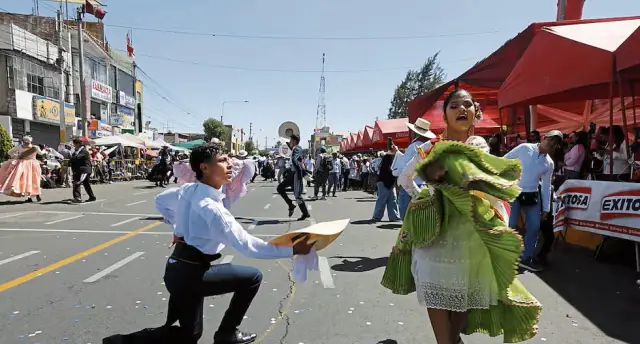
Celebrate Peru in every corner: celebrate anniversaries with pride
Departmental anniversaries in July represent much more than a symbolic date on the calendar. They are living moments that invite us to reconnect with our roots, celebrate Peru's cultural diversity, and strengthen community ties. Participating in these festivities is also a way to support local economies, promote decentralized tourism, and learn more about the history that unites us as a nation.
Whether enjoying a traditional dance in Puno, savoring chiri uchu in Cusco, or exploring the history of Lima, each departmental celebration offers a unique experience worth experiencing and sharing. If you're planning to travel through Peru in July, time it to coincide with one of these celebrations and take home a souvenir steeped in history, culture, and regional pride!
Frequently Asked Questions (FAQ)
Which departments celebrate their anniversaries in July in Peru?
Mainly Lima (July 18), Cusco (July 15) and Puno (July 28) have important celebrations during this month.
Why do some departments celebrate their anniversaries on dates other than their founding?
Because it commemorates the creation of the department as a political-administrative unit, not necessarily the historical foundation of its main city.
Are these celebrations regional holidays?
It depends on the regional decree. In some cases, a non-working day is declared only for the area in question, allowing for mass participation in the activities.
What tourist activities are recommended during these dates?
Participating in parades, food fairs, dance competitions, guided tours of historical sites, and purchasing local handcrafted products that represent the identity of each region are recommended.
